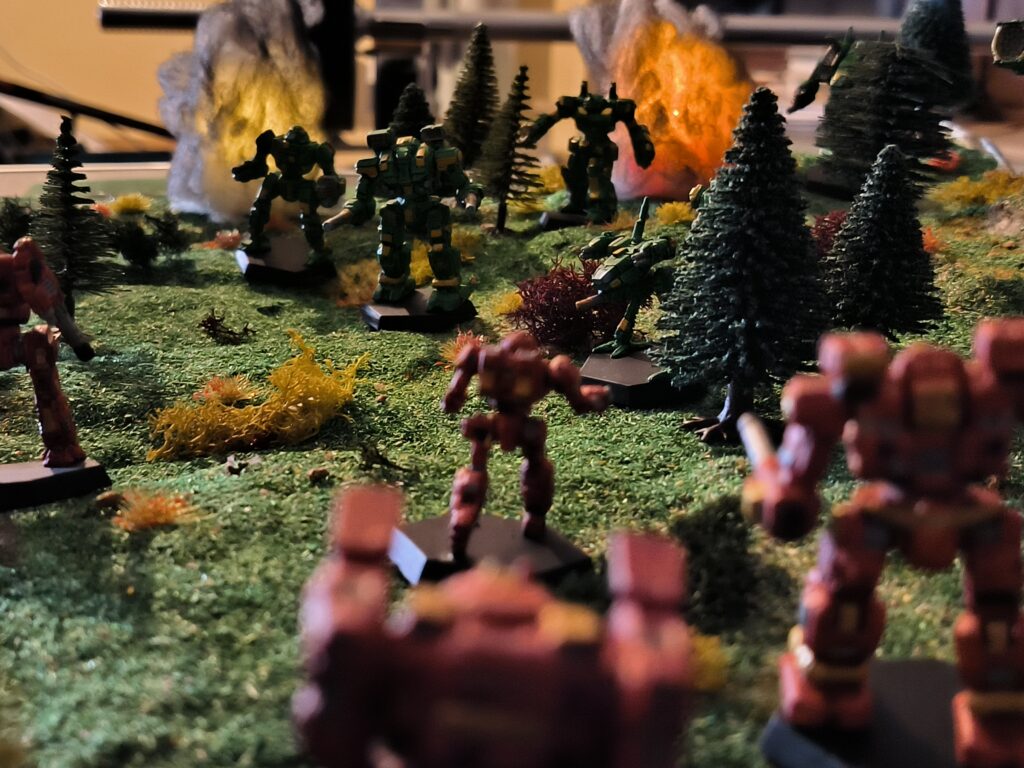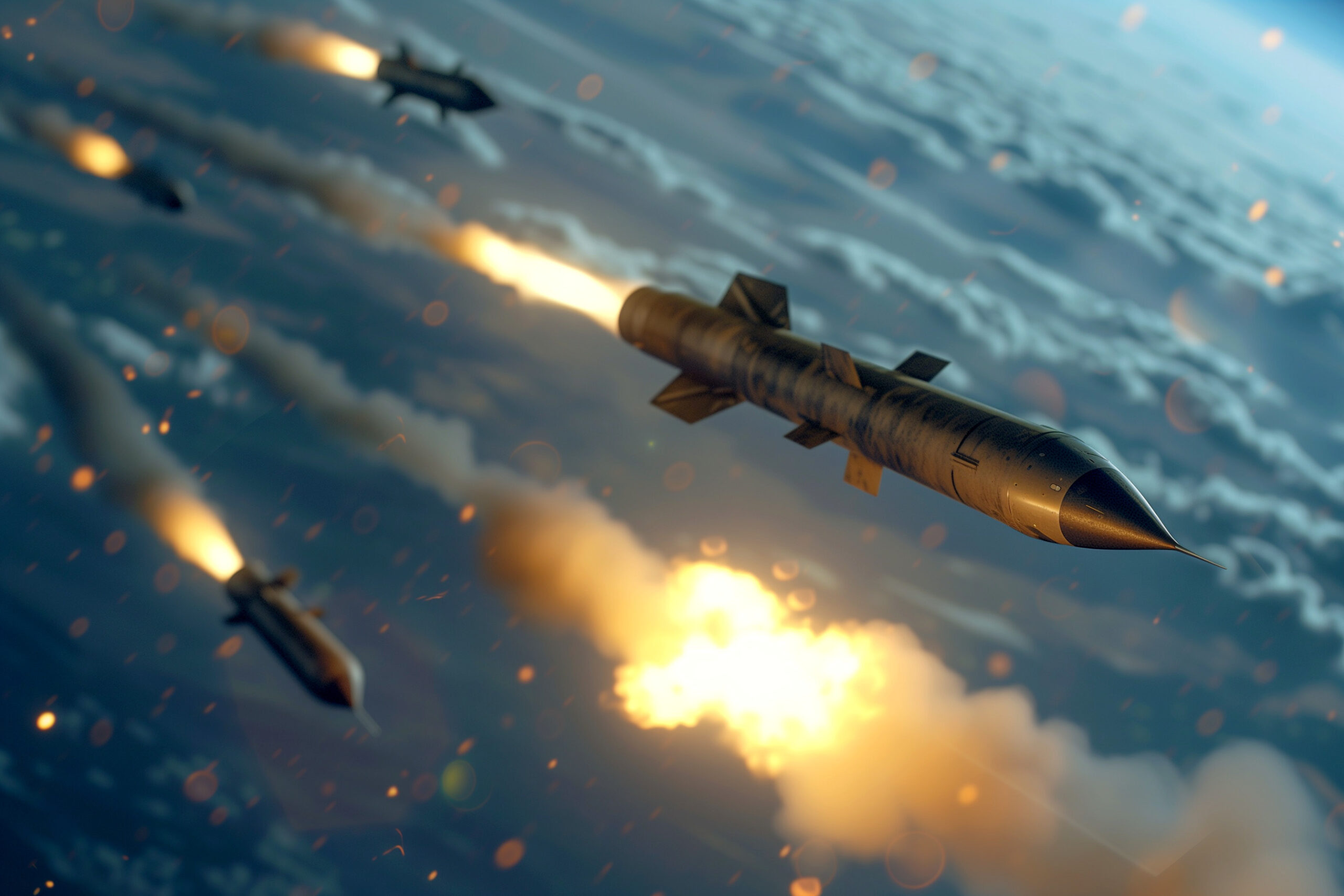Updated 28. January 2025 by Sören Spieckermann
How to put together a balanced or specialized lance (Lance)
In Battletech: Alpha Strike, the composition of a lance is a decisive factor in dominating the playing field . Whether you prefer to remain flexible or focus on a specific tactic, the right balance in your lance can make the difference between victory and defeat. In this article, we explain how to put together a balanced or specialized lance and give you tips on how to get the best out of your units.

Balanced lances are very suitable for battles between two lances. Or as a support lance in a larger formation (e.g. within a company). Specialized lances are more suitable for battles between many units (e.g. company against company). In this case, the trick is to use the various specialized lances in such a way that they can play to their respective strengths and minimize each other’s weaknesses.
The clans are referred to as a star, not a lance. In the clans, a star consists of five units. ComStar and Word of Blake units are organized in so-called levels. A level consists of six units.
What is a lance?
A lance usually consists of four mechs or units, which together form a tactical combat unit. Each unit fulfills certain roles, such as reconnaissance, ranged combat, close combat or support. The goal is to create synergy between the units to maximize the group’s strengths and compensate for weaknesses.
Balanced lance: flexibility is key
A balanced lance is particularly suitable for players who want to react flexibly to different situations. Here you combine different mech types and roles to cover a broad tactical spectrum.
Typical composition of a balanced lance:
- Scout/Light Mech: Fast mechs such as the Locust or Jenner can conduct reconnaissance and outmaneuver and harass enemy units. These units are characterized by their high mobility, possibly supplemented by jump jets.
- Ranged specialist: A medium or heavy mech like the Archer provides fire support from a distance. Also through indirect fire. A key feature of these units is their long-range armament and indirect fire capability.
- Melee or assault unit: A robust mech such as the Hunchback or Atlas can force the enemy into close combat. Melee mechs are characterized by their robustness (relatively high number of armor and structure points) and their firepower at short and medium range.
- Support all-rounder: A versatile mech like the Shadow Hawk or Griffin can support ranged or close combat as required. Units that are relatively mobile but still have either good armament or good resistance (armor) have proven themselves here.
Advantages of a balanced lance:
- Flexibility: You can adapt to a wide variety of opponents and terrain.
- Balance: You have answers to different tactics and threats.
Tips for use:
- Use the Scout to attack enemy units from the flank or rear. Or use the Scouts as forward spotters for your ranged units (for indirect fire). Fast scout units are also useful for quickly occupying important terrain or mission objectives. They can also quickly come to the aid of other units under pressure.
- Keep your ranged unit well covered and position it strategically to keep the enemy under constant pressure. Use the unit’s long-range weapons and indirect fire to do this.
- Use your melee mech in a targeted manner to eliminate weak or isolated enemies and keep enemy units away from your ranged units.
Specialized lance: Focused tactics
A specialized lance focuses on a specific strategy, such as fast melee, ranged fire or fast movement on the battlefield. This option is riskier, but offers the potential to overwhelm the enemy if your plan works. Larger formations (such as a company) are usually made up of different specialized lances, which then combine their respective strengths and complement each other.
Examples of specialized lances:
- Melee lance (Battle Lance):
- Four heavy or stormy mechs such as the Atlas, Hatchetman or Awesome.
- The aim is to harass the enemy and engage them in direct combat. Or to keep opponents away from vulnerable friendly units.
- Ranged lance (Fire lance):
- Units such as the Archer, Catapult or Longbow are the main elements of a ranged lance.
- Use cover and open fields to keep the enemy at a distance. Ideal for weakening opponents with indirect fire or providing direct fire support for melee mechs from the “second row”.
- Fast attack lance (Scout/Striker lance):
- Light and medium-weight mechs such as the Cicada, Phoenix Hawk or Wolverine.
- Use speed to circle the enemy, capture terrain and attack targeted weak points. Also well suited for hit-and-run strategy against slow, vulnerable mechs.
In combination, these three types of lance also form a good basic framework for building a company. The melee lance as the first line of battle. Behind it is the ranged lance. This supports the melee lance with direct and indirect long-range fire. Then there is the fast attack lance, which tries to get into the enemy’s rear or provides support for the melee lance or ranged lance (“fast reserve”).
Advantages of a specialized lance:
- Maximum efficiency: Your lance is perfectly tuned to a specific tactic.
- High damage potential if your plan works.
Disadvantages:
- Weaknesses are more obvious: A specialized lance can quickly be overwhelmed against the wrong opponent. For example, if a melee lance has managed to fight its way towards a ranged lance, the ranged lance usually has a clear disadvantage in this direct firefight.
Tips for use:
- Plan your strategy in advance and consistently play to your strengths.
- Avoid situations that exploit your weaknesses, e.g. open terrain for melee lances.
General tips for compilation
- Keep an eye on the points budget: Each unit has a point value. Make sure that your lance remains efficient and does not invest too many points in a single role.
- Consider terrain: Take the field conditions into account. A melee lance works better in dense terrain, while ranged units prefer open terrain.
- Create synergies: Combine mechs that complement each other, such as scouts that mark targets and ranged units that engage those targets effectively.
- Note the faction style: Each faction has its own strengths. Use the special features of your faction to optimize your lance. If necessary, also use the special abilities of the individual lance formations.
Conclusion
Whether balanced or specialized – the right composition of your lance can make the difference between success and failure on the battlefield. A balanced lance offers you flexibility and adaptability, while a specialized lance can surprise your opponent with targeted tactics. Experiment with different combinations to find out which strategy best suits your style of play. Ultimately, there is no “right” way – only the one that brings you victory!
Underlying rules
| Topic | Rulebook | Comment |
|---|---|---|
| Force Building (division of lances according to skills/task) | BattleTech Alpha Strike Quick Start Rules | The Quick Start rules only provide a basic introduction to force building |
| Force Building (division of lances according to skills/task) | BattleTech Alpha Strike Commander’s Edition Version 7 -Page 110 to 123 | In particular “GROUND FORMATION TYPES” page 117 to 121 |



